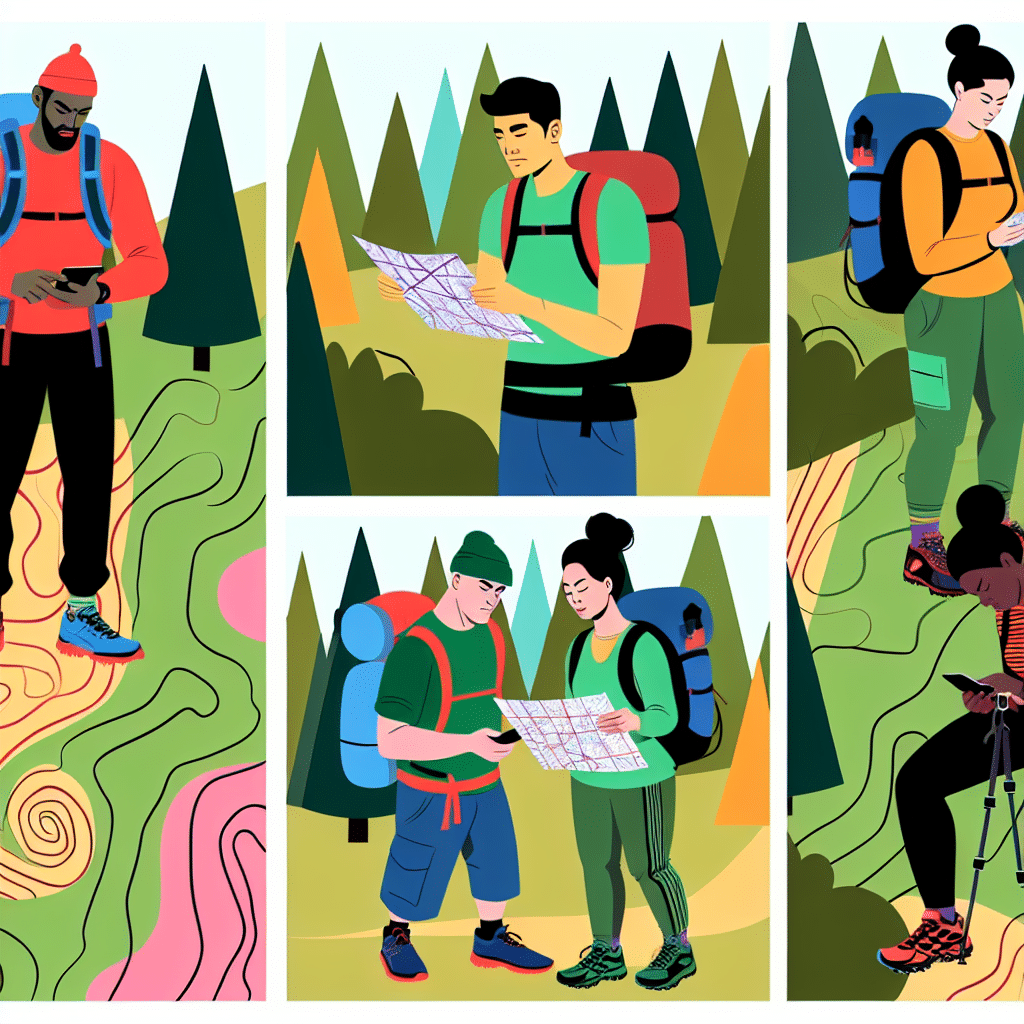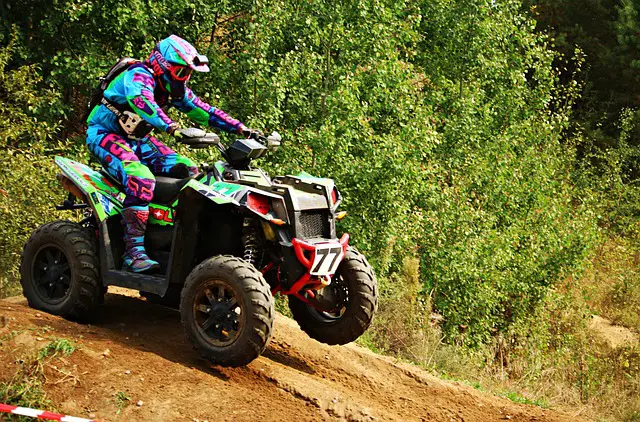In an age dominated by digital devices, there exists a timeless skill that not only challenges one’s mental acumen but also harmonizes with nature—Orienteering. This exciting sport involves navigation, endurance, and strategy, making it a compelling endeavor for adventure enthusiasts. Learn how to learn orienteering effectively and transform your outdoor experiences!
Why Should You Learn Orienteering?
Orienteering offers a plethora of benefits that go beyond the usual confines of physical fitness. It’s a mental exercise that compels you to think critically, make quick decisions, and develop spatial awareness. Additionally, it’s a social sport that allows you to bond with fellow enthusiasts and create lifelong memories.
Enhance Problem-Solving Skills
Orienteering requires participants to use maps and compasses to navigate through unfamiliar terrain. This means constant problem-solving, strategizing, and adapting to new challenges, all of which sharpen your cognitive skills.
Embrace the Outdoors
In a world where many of us are tethered to screens, orienteering provides a much-needed break. It immerses you in nature, promoting physical activity and environmental appreciation.
Getting Started: What Equipment Do You Need?
Before diving headfirst into the wild, you need to be adequately equipped. Here’s a list of essential gear to kickstart your orienteering journey:
Map and Compass
A detailed topographical map is the backbone of orienteering. Coupled with a reliable compass, this duo will guide you through diverse terrains, whether you’re in dense forests or open fields.
Proper Footwear
Comfortable, durable shoes are crucial. Trails can be rugged or slippery, so invest in a good pair of trail-running shoes or hiking boots.
Safety Gear
Safety should always be a priority. Essentials include a first aid kit, whistle, and a weather-appropriate clothing. Always inform someone about your orienteering plans and expected return time.
How to Learn Orienteering: Basic Skills and Techniques
Embarking on your orienteering adventure involves mastering a few fundamental skills. Learn how to learn orienteering by following these steps:
Understanding the Map
Maps are the cornerstone of orienteering. Familiarize yourself with the symbols, legends, and scales. Pay close attention to contour lines—they represent the terrain’s elevation and can help you anticipate climbs and descents.
Using a Compass
A basic understanding of compass navigation is crucial. Learn to set a bearing, follow a heading, and align the map to the north. Practice these skills in a controlled environment before heading out into the wild.
Route Planning
Route planning is about balancing speed and safety. Decide the best path from one control point to another by evaluating the terrain and identifying potential obstacles. Consider different routes and choose the most efficient one.
Practicing Thumbing and Aiming Off
Thumbing involves keeping your thumb on the map at your current location, allowing for quick reference as you move. Aiming off is a technique where you intentionally aim to one side of a feature so that you know which direction to turn when you hit it, minimizing time wasted on second-guessing.
Where to Practice Orienteering?
You’ll find several venues and events where beginners can practice orienteering:
Local Parks and Nature Reserves
Many local parks have orienteering courses set up, making them great places to start. These controlled environments offer a safe space to practice your skills.
Join a Club
There are numerous orienteering clubs worldwide that organize events and offer training sessions for all skill levels. Joining a club not only provides a structured learning environment but also introduces you to a community of like-minded individuals.
Events and Competitions
Participate in local orienteering events to test your skills in real-world scenarios. Competitions range from beginner-friendly to advanced levels, offering something for everyone.
Advanced Techniques and Continuous Learning
Once you’ve grasped the basics, it’s time to elevate your orienteering skills:
Night Orienteering
Navigating in the dark is a challenging yet exhilarating experience. Use a headlamp and practice night-specific strategies to enhance your competency.
Multi-Day Events
Multi-day orienteering events test your endurance and navigation skills over several days, often involving camping and additional survival skills.
Technology Integration
Modern orienteering is witnessing the integration of GPS and mobile apps. While traditional skills remain essential, familiarizing yourself with technological advancements can offer a competitive edge.
Conclusion: Your Orienteering Journey Begins Now!
Learning orienteering is an enriching experience that combines the thrill of adventure with the satisfaction of mastering a complex skill. From understanding maps and compasses to participating in events and advanced techniques, there is always something new to learn in this dynamic sport. Equip yourself, practice diligently, and enjoy the myriad benefits that come with being an adept navigator of the great outdoors. Your orienteering journey begins now!




